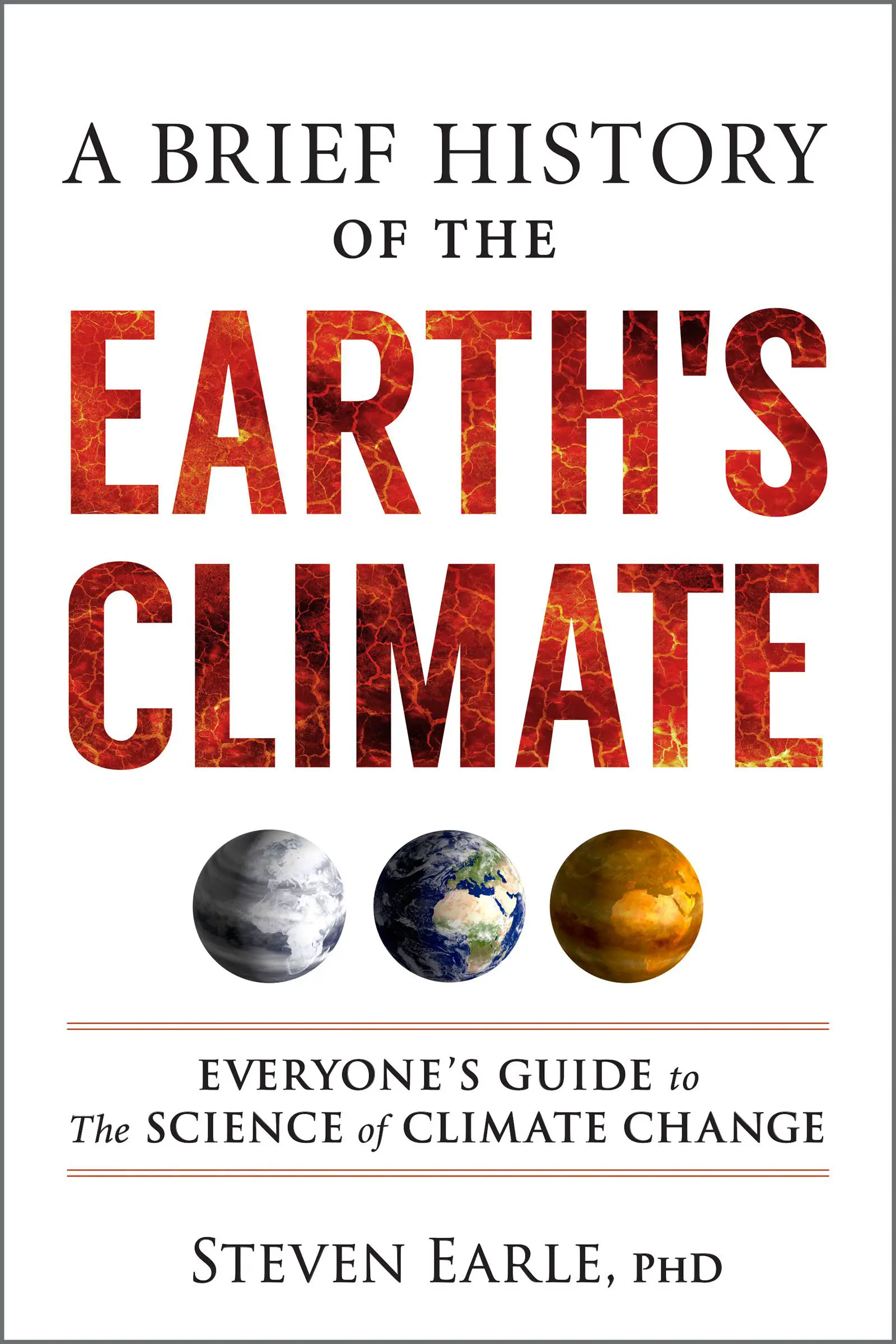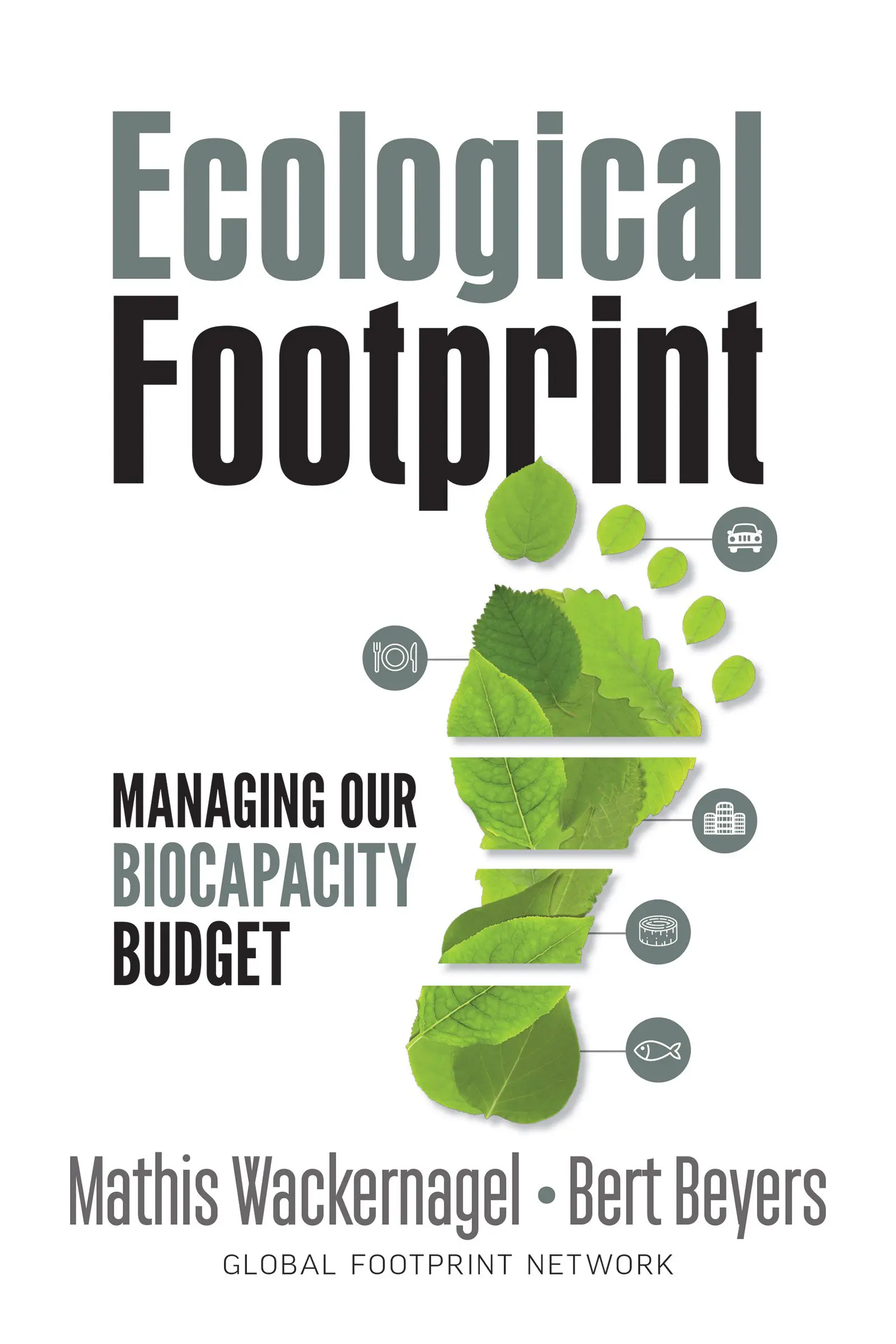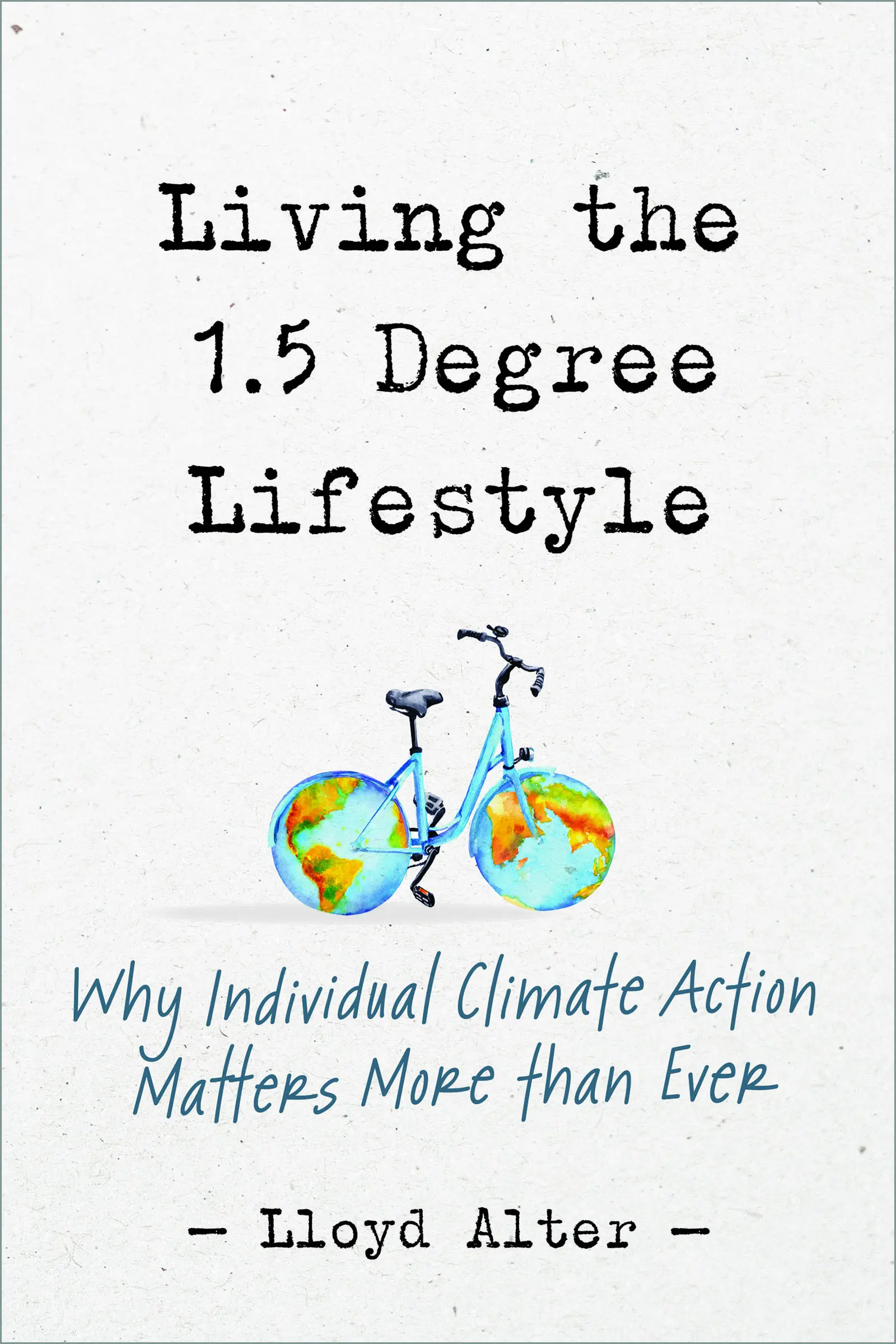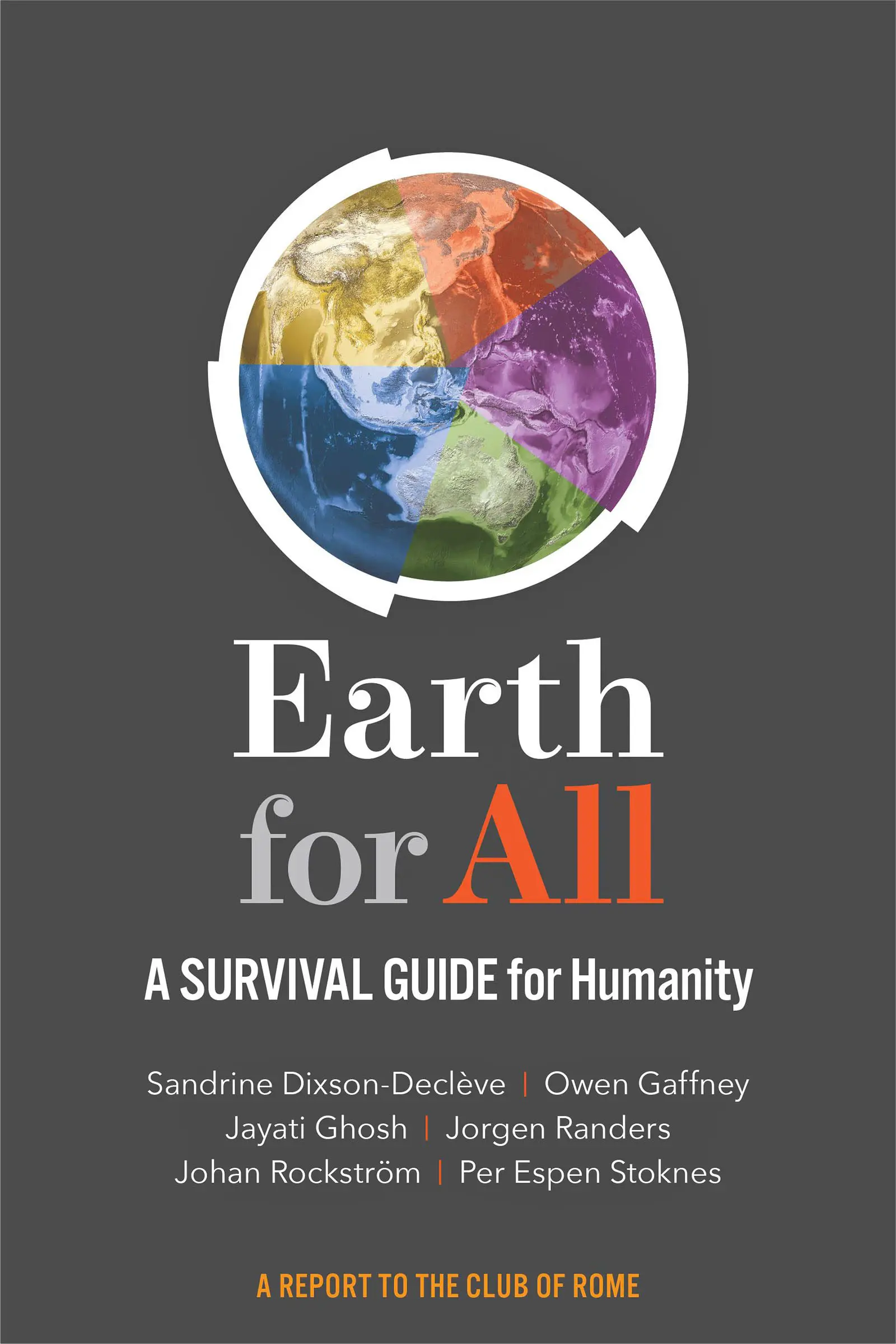
It’s no secret that inflation, supply chain issues and labour shortages are having a significant impact on the cost of living. For many, finding creative ways to save energy is not only an environmental choice, it’s a financial one. In this excerpt from A Brief History of The Earth’s Climate: Everyone’s Guide to the Science of Climate Change, Steven Earle outlines a few ways we can reduce our carbon dioxide emissions by reducing our electricity generation and heating. Not only does this reduce our ecological footprint but it saves money!
Reducing Carbon Dioxide Emissions – Electricity Generation and Heating
We have relatively little control over how our electricity is generated, except to lobby governments and power companies. But some of us have the option of taking things into our own hands by generating our own electricity. The conditions for that have never been better, and they will continue to improve. In most jurisdictions in North America, the levelized cost of energy (LCOE) from residential solar PV installations is now comparable to, or even lower than, the cost of purchasing electricity from the grid. This even applies in most places with less-than-ideal solar resources, like New York or Vancouver. The LCOE for solar will almost certainly continue to drop over the coming years, while the cost of grid electricity will almost certainly continue to rise.
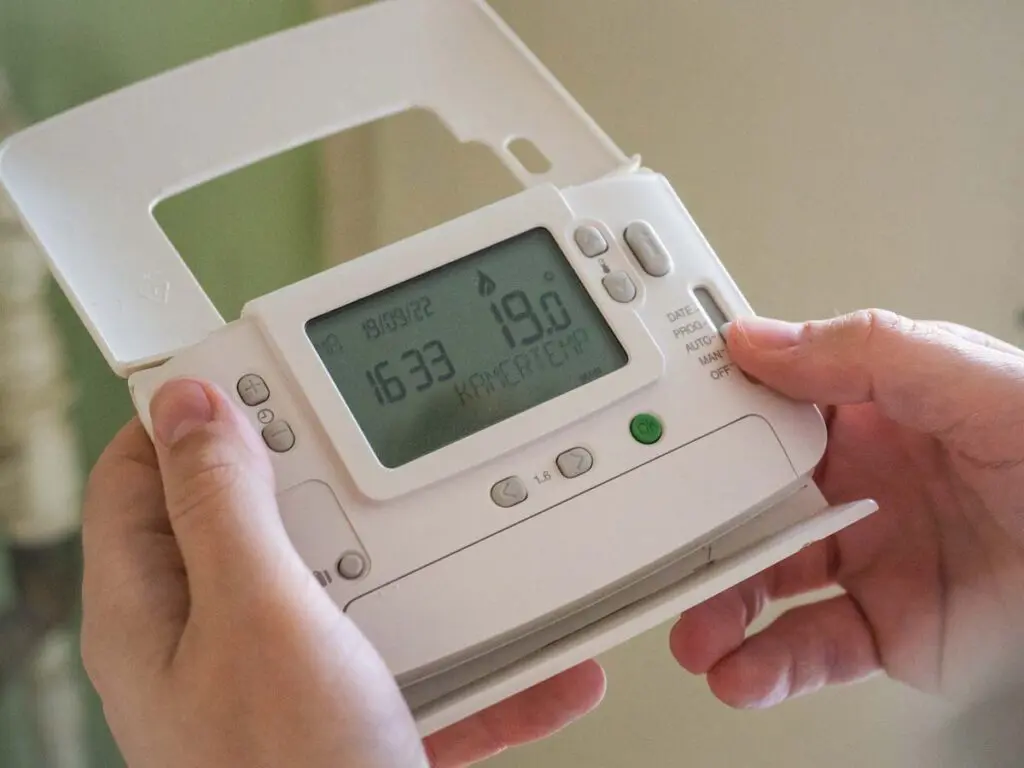
We do have some control over how much electricity we use, and in that regard, the systems to focus on are heating and cooling, hot water, and appliances (especially washing and drying clothing).
From a climate perspective, heating with electricity is generally preferable to heating with gas or oil, but if the electricity you are using is generated using fossil fuels, it doesn’t help much. Electric heating with a heat pump is about three times more efficient than heating with baseboards, and so that helps no matter how your electricity is made. It will also save you money.

The most important point is to avoid heating or cooling more than necessary; this could include turning the thermostat down a few degrees in winter and up a few degrees in summer, not heating or cooling rooms that aren’t being used, and not heating or cooling at times when the home is empty. Opening or closing blinds to let the sun in— or keep it out—can help, and so can planting shade trees, if that is an option. Trees have the added benefit of sequestering carbon.
Washing machines and tumble driers are two of the most important tools for freeing people (especially women) from the drudgery of domestic work, but they also make it easier for us to throw our clothes into the laundry rather than putting them away to be worn again. Perhaps it’s too easy, and that can be a problem for the environment and for climate change.

Washing clothes in cold water, running the dishwasher only when it is full, and taking shorter showers are good ways to reduce the climate cost (and other costs) of hot water.
More from the Web
5 Common Ways We Waste Energy in Our Homes
Reduce Your Heating Bills with Better Insulation


